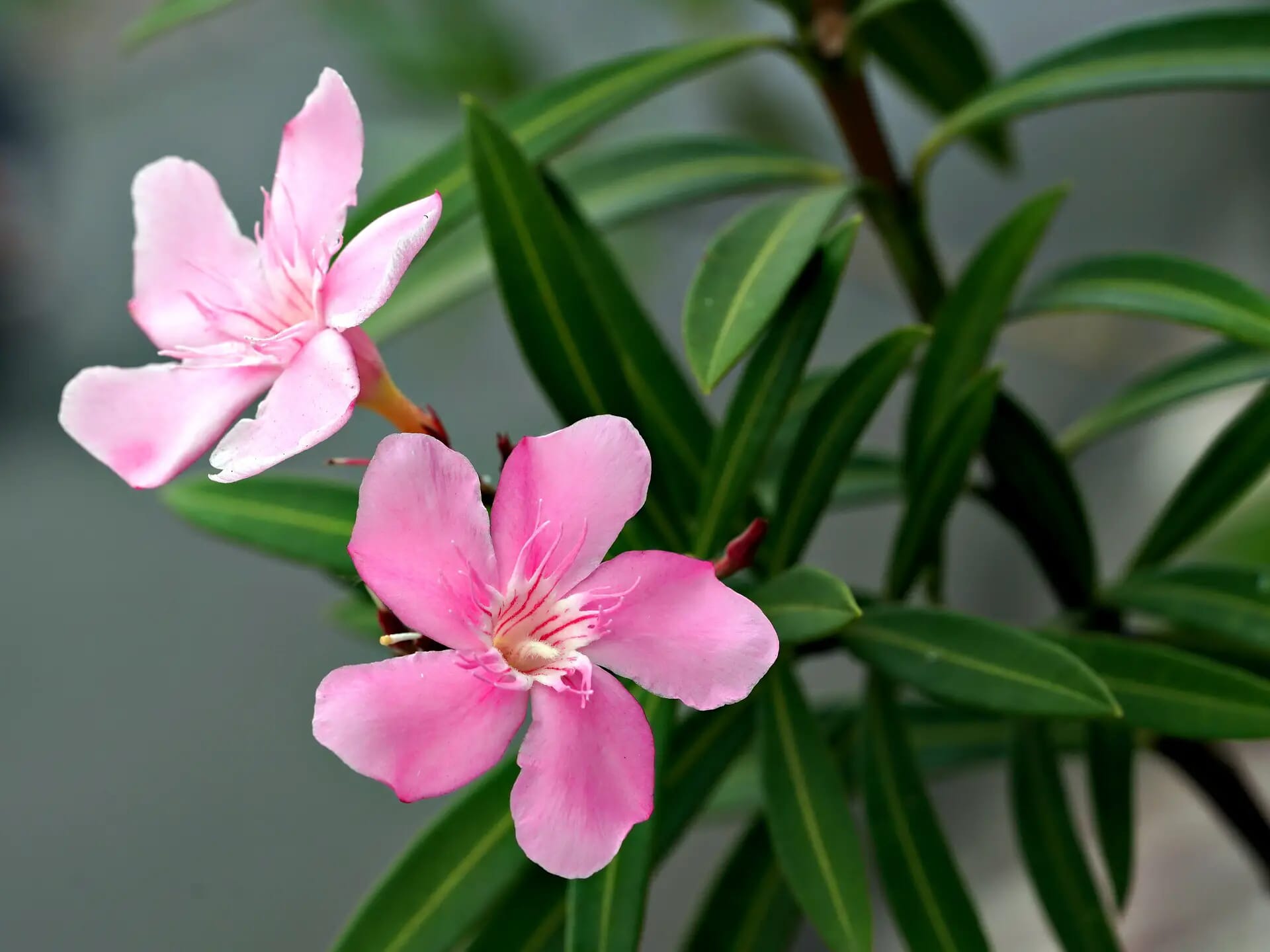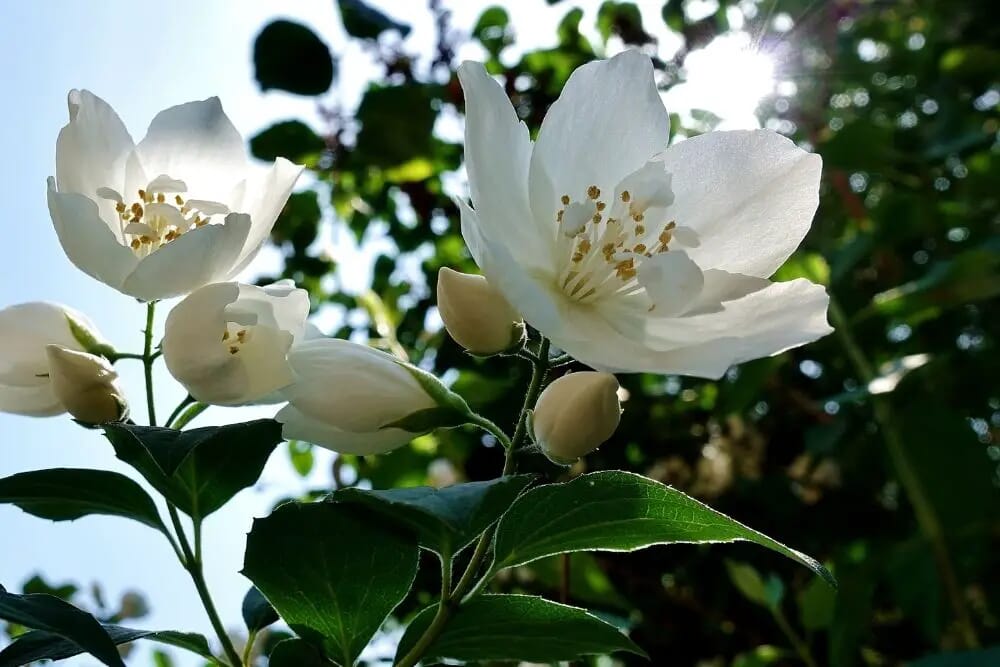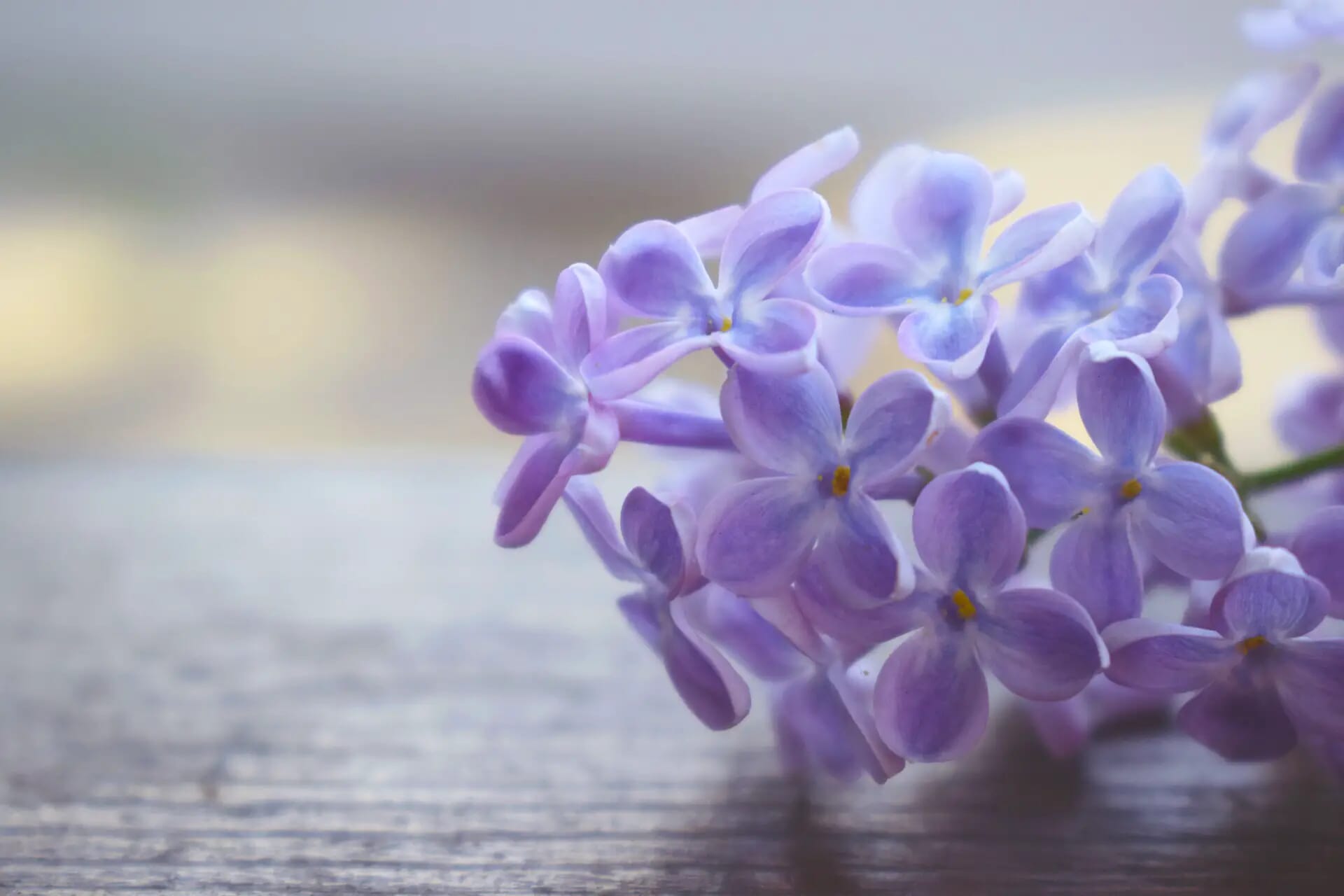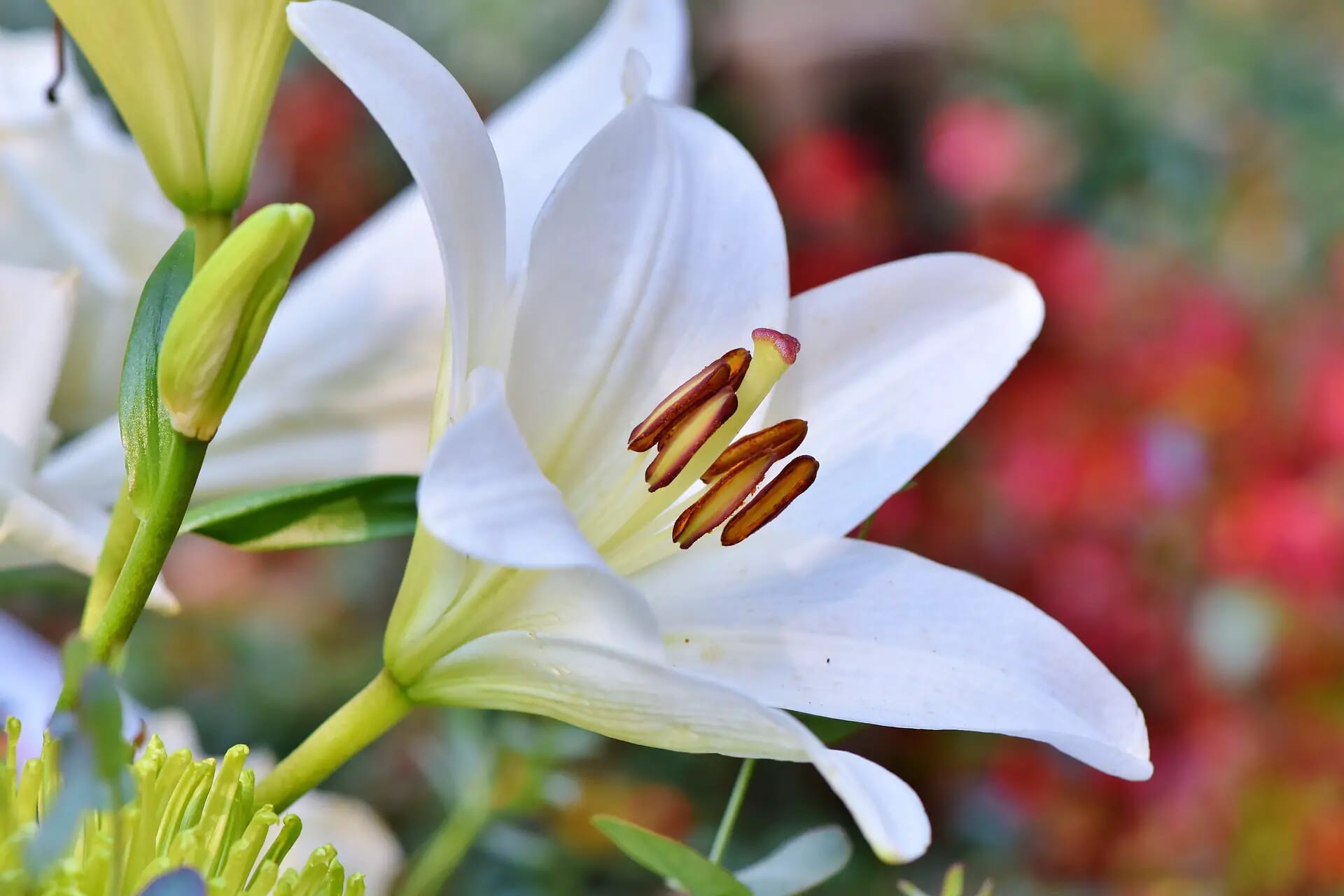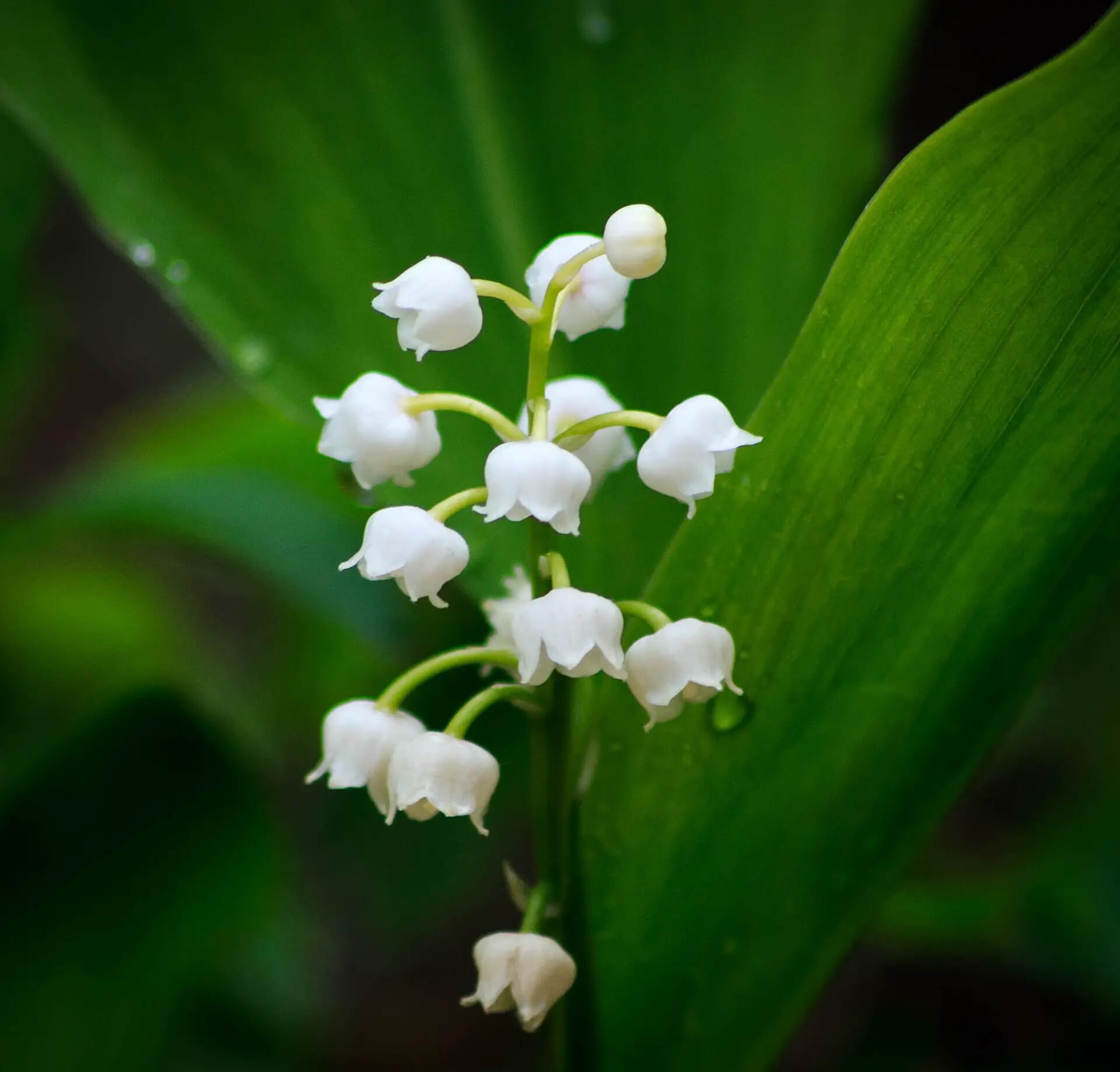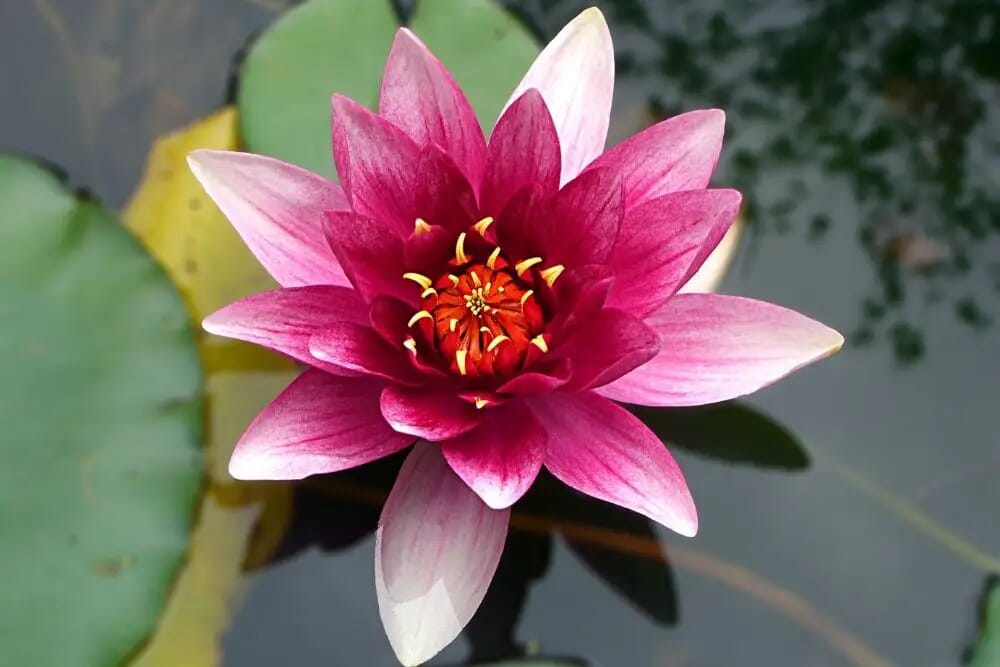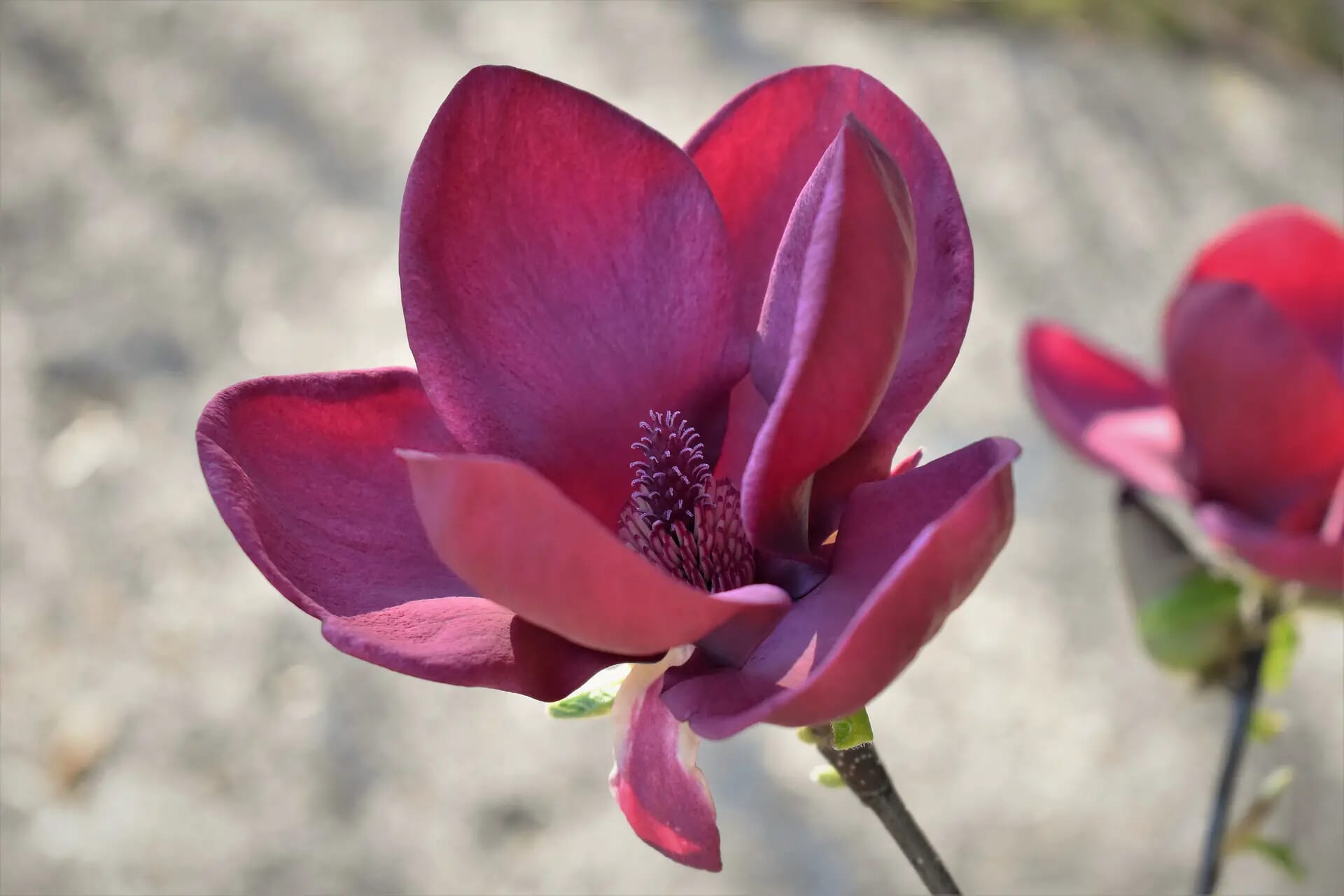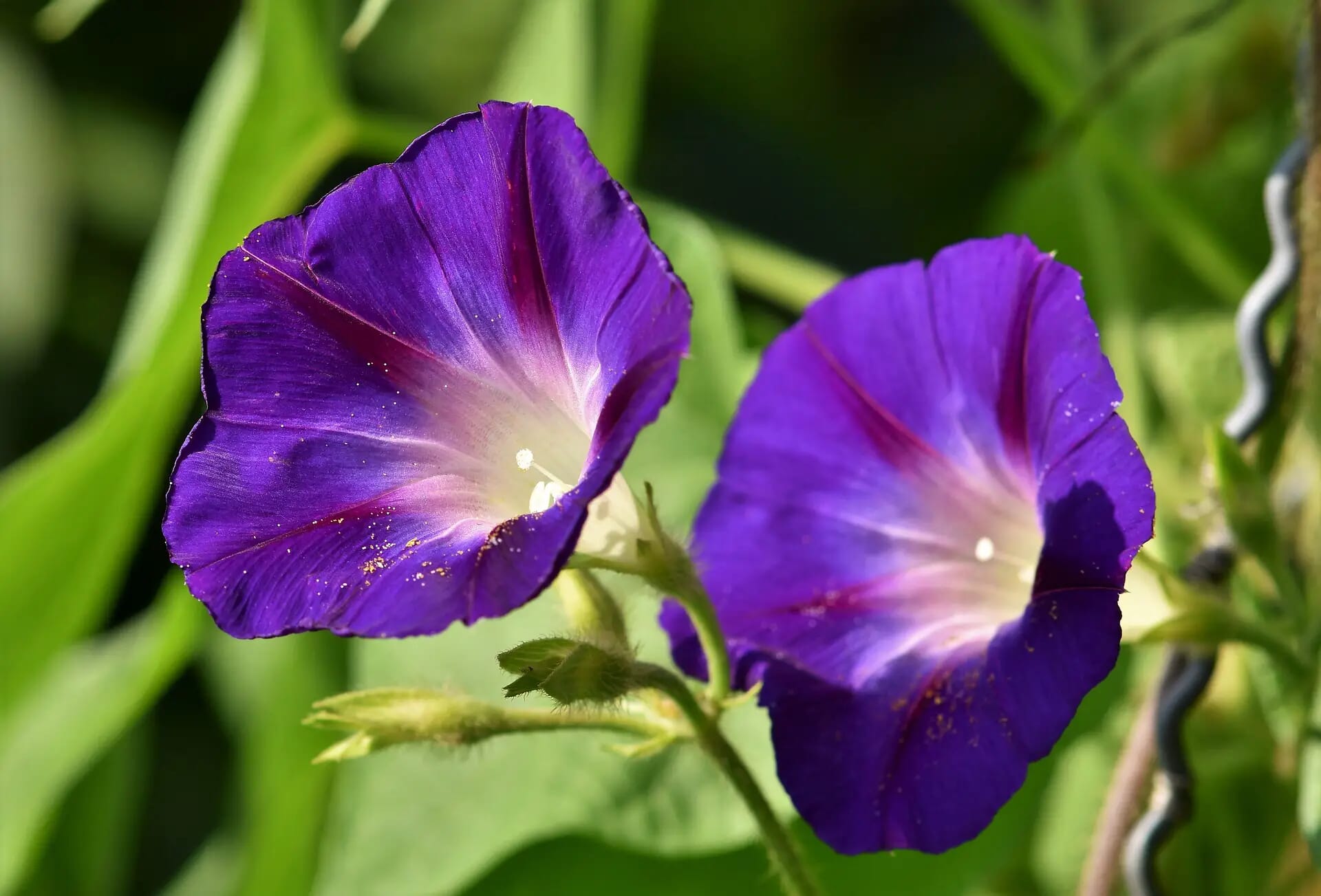Last Updated on January 9, 2024
The oleander flower nurtures a hidden treasure trove of meanings and symbolism throughout the world. Not just a flower of intrinsic beauty and elegance, this flower represents a far deeper significance than most.
If you are drawn to this flower in particular, or have received it as a gift, read on.
This useful guide gives you all the information about the oleander flower. Discover the flower’s meanings, symbolism, and cultural significance. We explain the spiritual and emotional symbolism of this beautiful flower.
Scroll down further to learn the toxicity of the oleander, its uses, and benefits. Don’t forget to check out our conclusion on the oleander flower, what your oleander gift actually means.
Key Takeaways
- Symbolic Complexity: Oleander transcends mere beauty, symbolizing the intricate facets of love, encompassing attraction, romance, and a subtle cautionary note.
- Color Symbolism: The color of oleander carries nuanced meanings. White urges caution, red balances between love and danger, pink embodies elegance and healing, while purple signifies inner strength and resilience.
- Cultural Significance: Embedded in cultural history, oleander held diverse meanings. Ancient Greeks and Romans associated it with romantic love, while the Mediterranean region linked it to profound feelings of love and desire. In the Middle East, it found use in fragrances and cosmetics.
- Religious and Mythological Ties: Oleander’s presence in biblical references connects it to the rose of Jericho. Greek mythology intertwines oleander with tales of enduring love, deepening its significance.
Oleander Flower Facts
Before we delve into the symbolic value the oleander flower represents, let’s take a quick look at some must-know oleander facts
Where did the oleander get its name?
The oleander flower’s full botanical name is nerium oleander. People mainly refer to it as either nerium or oleander. However, it also goes by the name rose laurel and desert rose.
RELATED: Bleeding Heart Flower Meaning, Spiritual Symbolism, Color Meaning & More
Etymological Meaning Of The Oleander
The word ‘nerium’ transpires from the Greek word ‘nerion’, which means ‘wet’. It has this association as it prefers to grow in wet environments, such as ponds or streams.
The olea europaea is the botanical name for the olive tree. This is where the word ‘oleander’ comes from, and is due to its similarity (in foliage appearance) to the olive tree. In Greek, ‘olea’ means ‘olive’.
Where Is The Oleander Plant Native To?
This highly lethal plant belongs to the apocynaceae family, and it grows practically everywhere, that the warmer climates will allow. However, the oleander is native to South Asia, Africa, and the Mediterranean.
When Was The Earliest Official Record Of The Oleander’s Existence?
The earliest record of the oleander appears to be around 3,400 BC. There are records of it growing beside the Nile River.
Oleander: Description
This perennial can be a plant or small tree that feature many dark green slim leaves, with very pointed ends. The oleander flower blooms in both spring and summer. Its flowers can be white, red, yellow, purple, orange, or pink, in color. These flowers give off a formidable fruity odor.
However, there are many varieties of the beautiful oleander plant. Here are some of the most popular ones found and their respective color.
RELATED: Aster Flower Meaning, Spiritual Symbolism, Color Meaning & More
Varieties Of The Oleander Plant
Algiers: Dark red flowers
Hawaii: Large pink flowers that have a yellow neck
Isle of Capri: Light yellow colored flowers
Mont Blanc: Big, white flowers that evoke a stronger scent
Sister Agnes: These are taller, and produce white flowers.
Unlocking the Symbolic Meaning of Oleander Flowers
Overall, the main symbolic meaning of this flower is to represent the complexities of love. The oleander’s meaning associates with attraction, romance, and fate. They are the main flower to show a person’s endless love for another.
In the Victorian era, if a person needed to warn someone they were in danger, they would present them with an oleander flower or plant, stating it was a gift.
Despite this cautionary symbolism, Victorians would also gift lovers this flower, as an acknowledgment of their deep and complex relationship.
The symbolic meanings of the nerium oleander include:
- Understanding and compassion
- Undying love and commitment
- A warning to be cautious
- Romance and attraction
- Deep complexities within intimate relationships
- Kindness and sensitivity
RELATED: Acacia Flower Meaning, Spiritual Symbolism, Color Meaning & More
Deciphering the Symbolism of Oleander Flower Colors
| Color | Symbolic Meanings |
| White | Caution, potential threat, or risk |
| Red | Attraction, passion, love, but may also signify death |
| Pink | Elegance, beauty, cleansing, and healing powers |
| Purple | Inner strength, bravery, and resilience support |
As we have discussed, the rose laurel comes in many colors. The symbolism of the flower varies, depending on the color. Let’s take a look at some common interpretations.
- White oleander flowers: Exercise care around others. This color of rose laurel lets you know those you think you can trust may not be as genuine as you think. Alternatively, be on your guard as a potential threat or risk may be imminent.
- Red rose bay flowers: The meaning behind the red oleander can be confusing to say the least. On the one hand, it is gifted to show deep feelings of attraction, passion, and love for another. On the other hand, this color of blossom can signify a death and grief. If you have received them as a gift from a first date found randomly on social, you might want to dig a little deeper!
- Pink oleander flowers: You can’t really go wrong with this color. While this color of oleander represents several things, you will be pleased to know they are all good interpretations. The pretty pink flowers symbolize elegance and exquisite beauty (so a great gift for your loved one, or if you are in the doghouse). They also have spiritual value, symbolizing cleansing and healing powers.
- Purple Rose bay: These should be offered as a gift to someone who is in need of inner strength. They offer a great show of support for someone who is struggling through a tough situation and would appreciate a symbol of bravery and resilience.
Exploring the Religious Symbolism of the Oleander Flower
The oleander was extremely significant in Christianity. The Bible frequently references this flowering plant. People believe that due to its nickname, ‘the rose,’ it was actually the rose of Jericho, mentioned in Bible literature.
In Spain, some people believed the oleander represented a important spiritual links. A story that was regularly told, was that as Joseph stood with his staff, an angel came to bring him a message.
The message was that he would soon be married to the Virgin Mary. As he received the news, beautiful oleander flowers suddenly appeared, decorating his staff.
RELATED: Aconite Flower Meaning, Spiritual Symbolism, Color Meaning & More
Oleander Mythology
A well-known Greek legend tells of the reason behind this plant’s name:
A man named Leander fell in love with Lady Love. To see her each night, he had to swim across the Hellespont. This is a narrow part of sea linking the Aegean Sea to the Sea of Marmara. Alas, one fateful night the waters were too rough.
The man drowned. As his love walked along the shoreline, she called out his name in desperation. She shouted, ‘Oh, Leander’.
When she came across his washed up body, she discovered he was still holding on to a stunning white flower. His lover planted the flower and watched it grow. From then on the flower had the name, ‘oleander,’ as it was symbolic of their undying love.
Another myth includes a story about the oleander branch curing a child. The tale refers to a worried mother whose child was incredibly ill. The mother prayed to St. Joseph for divine assistance.
When she opened her eyes, the mother could see an oleander branch placed over her child. Following this appearance, and against all odds, her daughter made a full recovery.
Cultural Symbolism And Significance Of The Nerium Oleander
| Region | Cultural Significance |
| Ancient Greece & Rome | Associated with romantic and amorous love |
| Mediterranean Region | Symbolizes love and desire in Mediterranean cultures |
| Middle Eastern Traditions | Used for fragrance and cosmetics, and symbolic of medicinal practices |
| Contemporary Culture | Symbolic of warnings and caution against hidden dangers |
| Funeral and Mourning | Used in some cultures for condolences and expressions of sorrow |
| Ornamental Beauty | Symbolizes aesthetic appeal and the appreciation of natural beauty |
| Folklore and Superstitions | Appears in folklore with complex meanings related to allure and potential harm |
| Regional Variations | Interpretation of oleander flower meaning can vary across regions, each with its cultural and symbolic significance |
| Tattoo Symbolism | Represents confidence, inner strength, and caution in tattoo art |
The nerium oleander portrayed darker symbolism to the Italians. People widely regarded this plant to have evil associations, capable of bringing curses.
Some thought that if a person brought this flower into your home as a gift, it was actually symbolic of intended harm and bad feelings.
The meaning may be to represent feelings of disgust or shame. It may be brought with the intention of wishing harm on a person. Best to just use your grabber and sling it in the trash (just to be on the safe side).
Ancient Greece and Rome
In these ancient civilizations, oleander flowers were associated with romantic and amorous love, symbolizing deep emotions and passion.
Mediterranean Region
Oleander is linked to notions of romance and attraction in Mediterranean cultures, signifying love and desire.
Middle Eastern Traditions
In Middle Eastern cultures, oleander flowers have been used for their fragrance and are symbolically connected to cosmetic and medicinal practices.
Contemporary Culture
In modern contexts, the toxic nature of oleander has led to its symbolic association with warnings, cautioning against hidden dangers.
Funeral and Mourning
In some cultures, oleander flowers have been used in funeral arrangements, representing condolences and expressions of sorrow.
Ornamental Beauty
Oleander’s vibrant and colorful blooms make them popular ornamental plants in gardens, symbolizing aesthetic appeal and the appreciation of nature’s beauty.
Folklore and Superstitions
Oleander flowers have appeared in folklore and superstitions, often carrying complex meanings related to their allure and potential harm.
Regional Variations
The interpretation of oleander flower meaning can vary across different regions, each with its own cultural and symbolic significance.
Tattoo Symbolism
Look around, and you will find people adorning this beautiful flower in their tattoo art designs. An oleander tattoo design symbolizes having great confidence and inner strength. Some people have this tattoo as a symbol of caution, too.
Uses Of The Nerium Oleander
The nerium is a plant widely used for many reasons. Aside from being used for decorative persons in gardens, they are also used to improve the look of sidewalks and highways. In some parts of North America, the rose laurel often features as a potted houseplant.
Are Oleanders Given As Gifts?
Although some people choose the oleander as a flower or plant gift, in general it is not advised. Due to the plant’s toxicity, if you decide to give someone a rose laurel, you need to make sure they are aware of just how toxic these plants are.
What Are The Modern Interpretations Of The Oleander As A Gift?
Even though it is not recommended as an ideal gift, some people love its appearance and uphold it as a gift of great symbolic value. If you are given the oleander blossom or plant as a gift, it can be a symbol of great love and attraction.
Or the takeaway might be to suggest you have a very complicated relationship. A few people may still gift the plant as a symbol of caution.
RELATED: Allium Flower Meaning, Spiritual Symbolism, Color Meaning & More
Medical Uses Of The Oleander
| Use | Conditions Treated |
| Traditional Medicine | Hemorrhoids, eye diseases, epilepsy, skin issues, some cancers |
| Arabic Tradition | Treatment of various types of cancers |
| Ancient Roman Beliefs | Believed to be a hangover cure |
| Mesopotamian Use | Valued for its healing properties, later approached with caution |
| Traditional Skin Disorders | Used topically for skin disorders like eczema |
| Malaria Treatment | Some believed boiling oleander could reduce malaria-induced inflammation |
| At-Home Abortion Remedy | Wrongly considered an alternative for at-home abortion, highlighting its toxicity |
- Despite its extreme toxicity, oleander was historically used medicinally to treat various ailments, including skin conditions, and it’s found in herbal remedies.
- Traditional uses included alleviating hemorrhoids, eye diseases, epilepsy, skin issues, and even some cancers.
- In Arabic tradition, oleander was employed to treat all types of cancers.
- In ancient Roman times, it was believed to be a hangover cure.
- Mesopotamians valued oleander for its healing properties but later grew cautious and banned it from certain rooms in their homes.
- Traditional applications included using oleandrin for heart conditions, despite its lethal effect on the cardiovascular system.
- It was used topically to treat skin disorders like eczema by extracting oils from the leaves and mixing them with other ingredients.
- Some people believed that boiling oleander in water could reduce malaria-induced inflammation when consumed.
- Shockingly, oleander was erroneously considered an at-home abortion remedy, highlighting its extreme toxicity.
- Caution is strongly advised, and it is recommended to consult with a healthcare provider before considering any use of oleander for medicinal purposes.
Is The Oleander Poisonous?
Quick answer – yes. Seriously, you don’t want to mess with this plant. Known as one of the most lethal, toxic plants in the entire world, you don’t want to forget your gloves when dealing with the flower.
And it doesn’t matter which part of the plant you consume, every last bit of it is potentially deadly. Even breathing in smoke from a lit oleander can be fatal.
This plant can cause serious stomach problems, blurry vision, dizziness, chronic headaches, seizures, and death. The same fate awaits all animals that make the mistake of thinking it is edible.
In Sri Lanka, people use this flowering shrub as a means to commit suicide. The two components oleandrin and nerline are responsible for the plant’s high toxicity levels.
The red flowered variety is the most deadly. Just one leaf can kill a person.
Conclusion
The nerium oleander is not just an incredibly beautiful plant, but as we can see, it holds much hidden meaning and symbolism for many.
Myths and symbolism associated with the oleander date back centuries. However, the belief in their representation was so strong, that much of the symbolism still lives on today.
There is no doubt of the oleander blossom’s exquisite beauty and intrigue, and seeing this plant while driving along the road, or from a safe distance, makes a truly wondrous vision to behold. However, never forget the lethal side to this plant.
Every single part of it combines a high level of toxicity. If you decide to gift the plant or wish to incorporate it into your garden landscape, be sure to exercise extreme care and caution.
Frequently Asked Questions
What Does The Oleander Flower Symbolize?
Oleander flowers are symbolically associated with a juxtaposition of beauty and danger, representing both allurement and caution.
Are Oleander Flowers Used In Spiritual Practices?
Oleander is not typically used in contemporary spiritual practices due to its toxicity. However, it has historical significance in some cultures for its symbolic associations.
What Does The Oleander Symbolize In Ancient Cultures?
In ancient cultures, oleander symbolized various aspects of love, attraction, and inner beauty, with different interpretations in different regions.
Is There A Positive Meaning To Oleander Flowers?
Oleander’s positive meanings include its ornamental beauty and its role in expressing deep emotions and passion in romantic contexts.
What Is The Significance Of Oleander’s Toxicity In Symbolism?
The toxicity of oleander adds a layer of caution to its symbolism, serving as a reminder that beauty can sometimes mask hidden dangers.
Are There Any Spiritual Uses For Oleander Today?
Contemporary spiritual practices generally avoid oleander due to its toxicity. Its symbolic significance is more commonly recognized than its active use.
Can Oleander Be Used As A Protective Symbol?
While oleander’s historical uses include protective qualities in some cultures, it is not widely recognized as a protective symbol in contemporary spiritual practices.
Are There Specific Colors Of Oleander With Unique Symbolism?
Some cultures may attribute distinct meanings to different oleander flower colors, such as pink, red, or white, which can symbolize various aspects of love and attraction.
Is There A Connection Between Oleander And Funerals Or Mourning?
In some cultures, oleander has been used in funeral arrangements to express sympathy and sorrow, though this use is not universal.
How Should Oleander Be Approached In A Spiritual Context Due To Its Toxicity?
Caution should be exercised when considering oleander in spiritual contexts, and it is advisable to prioritize safety and consult with experts or spiritual guides.
RELATED: Alstroemeria Flower Meaning,Spiritual Symbolism,Color Meaning & More
- Affirmations - January 26, 2023
- 22 Most Popular Viking Symbols (Norse Mythology) - August 3, 2022
- Vegvisir Symbol (Norse Mythology And Modern Times) - July 29, 2022

